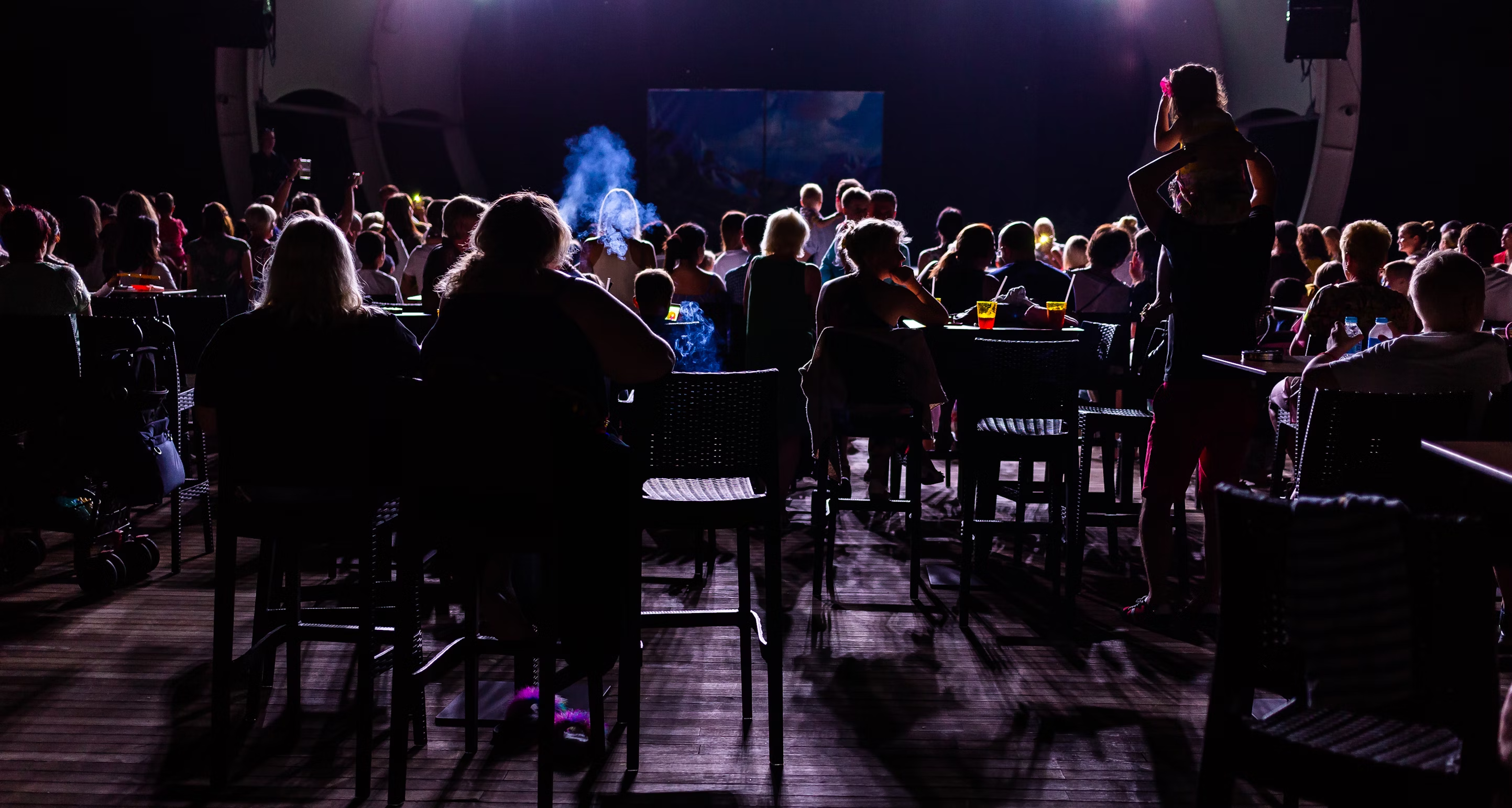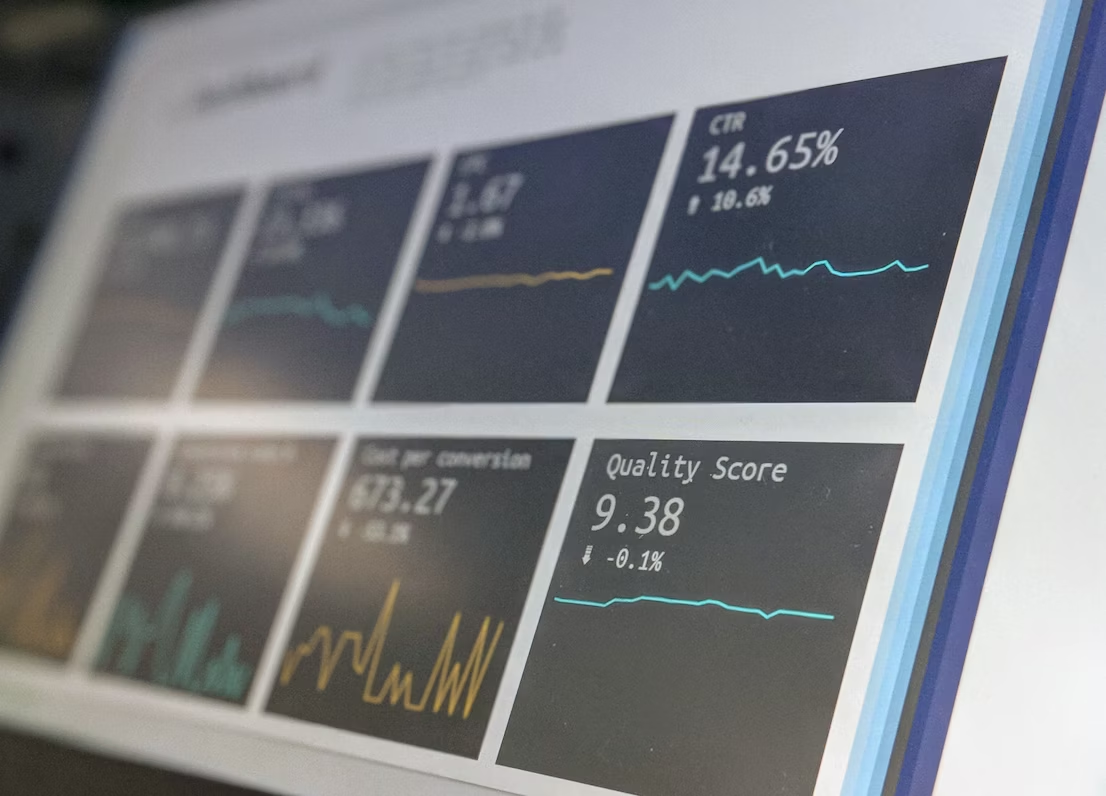Have you ever wondered how to breathe new life into those timeless classics of the stage, making them relevant and engaging for today's audiences? This guide is your roadmap. We'll be exploring the art and craft of modifying traditional theater to resonate with contemporary viewers. It's all about adapting classic plays for modern audiences.
1. Analyze the Original Text
The first step on this journey is to familiarize yourself deeply with the original text. You're not just reading for enjoyment here—this is about understanding the author's original intent.
- Identify the main characters and their motivations. What drives Hamlet or Othello? Understanding these deep-seated motivations will help you retain the essence of the characters, even as you adapt them for modern sensibilities.
- Consider the plot. Is it linear or non-linear? Does it rely heavily on certain devices, like soliloquies or asides? These structural elements may need to be adapted or replaced in your version.
- Note the setting and period. The original time and place of a play, whether it's the court of King Lear or the streets of Romeo and Juliet's Verona, are often integral to the story. You'll need to consider how—or if—these can be updated for a modern context.
- Understand the themes. What big, universal ideas is the play exploring? Love, betrayal, ambition, power? These themes are often timeless and can connect with audiences of any era.
This isn't about making a carbon copy of the original. It's about understanding the soul of the play—what makes it tick. Only then can you start adapting classic plays for modern audiences in a way that respects the original while making it accessible and resonant for today's viewers. After all, isn't creating that bridge between the old and new the true joy of theater?
2. Identify Timeless Themes
Once you've closely examined the original text, it's time to delve into the heart of the matter—the themes. These are the core ideas or concepts that give a play its depth and resonance, making it more than just a sequence of events. Identifying these timeless themes is an essential part of adapting classic plays for modern audiences.
Unpack the Core Concepts
Start by asking yourself: what messages or lessons is the play trying to impart?
- In "A Streetcar Named Desire", for instance, Tennessee Williams explores themes of reality versus illusion, the decay of the southern belle, and the destructive power of desire.
- "Death of a Salesman" by Arthur Miller, on the other hand, grapples with the American Dream, the relationship between father and son, and the cost of not accepting reality.
These themes are as relevant today as they were when the plays were written, and they can serve as the backbone of your adaptation.
Connect to Contemporary Issues
Remember, the goal is to make these classic plays resonate with modern audiences. So, try to draw parallels between the themes in the play and contemporary issues.
- For example, the themes of power and corruption in Shakespeare's "Macbeth" could be linked to current political situations.
- The exploration of gender roles in Ibsen's "A Doll's House" could be related to ongoing discussions about societal expectations and individual freedom.
This step requires a bit of creativity and a lot of understanding of both the original text and the modern world. But that's what makes adapting classic plays for modern audiences such an exciting and rewarding process!
3. Adapt Language for Modern Audiences
With the timeless themes identified, it's now time to tackle the language. This is a critical step in making sure your adaptation is accessible and relatable to a contemporary audience.
Simplify Complex Language
Classic plays can often be written in language that is poetic, nuanced, or simply outdated. While this may add historical charm, it can also create barriers for modern audiences.
- Shakespeare's plays, for instance, are well known for their Elizabethan English, which can be difficult for today's audiences to fully understand.
- Similarly, the dense prose of Chekhov's plays, while beautiful, could potentially alienate some viewers.
By simplifying complex language, you can ensure that the messages and themes of the play are clearly communicated, improving the experience of adapting classic plays for modern audiences.
Inject Modern Slang and Idioms
While purists might baulk at the idea, incorporating modern slang and idioms is an effective way to make classic plays more relatable to today's audience.
- Imagine a production of "Romeo and Juliet" where the star-crossed lovers use current teen lingo.
- Picture a version of "The Importance of Being Earnest" where Lady Bracknell drops popular internet phrases.
This technique not only makes the language more accessible, but it also adds an element of fun and novelty to the adaptation.
Be Mindful of Cultural References
Classic plays often contain references or jokes that were relevant at the time but may be lost on modern audiences. As part of adapting classic plays for modern audiences, it's important to either explain these references in some way or replace them with contemporary equivalents.
- A reference to a famous figure of the past could be replaced with a current celebrity.
- An outdated joke might be swapped for a modern anecdote that brings a smile to the audience's face.
Adapting the language, while respecting the original text and its themes, is a fine balancing act. But, when done correctly, it can breathe new life into classic plays for modern audiences.
4. Incorporate Contemporary Staging Techniques
Now that we have the language figured out, let's move on to the next challenge — staging. The staging of a play can greatly impact audience engagement. Modernizing the staging techniques can help you make classic plays more exciting and relevant for contemporary viewers.
Utilize Modern Technology
We live in a tech-savvy era, and harnessing the power of technology can be a great tool in adapting classic plays for modern audiences.
- Using projection and video in your set can make the stage more dynamic and immersive.
- Implementing sound design and lighting techniques can enhance the mood and atmosphere of the piece, creating a rich sensory experience.
Experiment with Innovative Set Designs
Traditional plays often come with traditional set designs. But who said we have to stick to the script?
- Instead of a lavish Victorian drawing room for Oscar Wilde’s “The Importance of Being Earnest,” why not set it in a modern penthouse?
- How about turning the Scottish castle in "Macbeth" into a sleek corporate office?
Playing with the setting can provide a refreshing perspective while still maintaining the essence of the original play.
Encourage Interactive Performances
Interactivity can make the experience of watching a play more engaging and memorable.
- Involve the audience in the performance by breaking the fourth wall, a technique that modern audiences often appreciate.
- Create immersive experiences by extending the performance beyond the stage, using the entire theater space.
Incorporating contemporary staging techniques is a key element of adapting classic plays for modern audiences. It brings an exciting new dimension to these timeless tales, making them more appealing to today's viewers.
5. Evaluate the Adaptation's Success
While you've successfully adapted the play and incorporated modern staging techniques, the process isn't over yet. One of the most important steps in the process of adapting classic plays for modern audiences is evaluating the success of your adaptation.
Measure Audience Engagement
The first way to gauge the success of your adaptation is by measuring audience engagement.
- Did they laugh at the right moments?
- Was there an audible gasp during the plot twists?
- Did the audience give a standing ovation at the end, or were they quick to rush out of the theater?
The audience's reaction can be a telling indicator of whether your adaptation resonated with them.
Gather Feedback
Feedback is a gift, especially when it comes to plays.
- Encourage the audience to share their thoughts and opinions on your adaptation. This could be done through surveys or post-show discussions.
- Consider feedback from critics and reviewers. While they might not represent the entire audience base, their professional insight can provide valuable pointers for improvement.
Analyze Ticket Sales and Repeat Viewers
Lastly, don't forget about the numbers.
- Monitor ticket sales closely. A sold-out show is a good sign that your modern adaptation is attracting audiences.
- Repeat viewers are an excellent indicator of success. If people are coming back to watch your play again, it's clear they enjoyed your take on the classic.
Remember, while adapting classic plays for modern audiences, the ultimate goal is to create an engaging, relatable, and impactful experience for today's viewers. Through careful evaluation, you can learn, improve, and continue to bring timeless stories to life in a way that resonates with our contemporary world.
.jpg)








